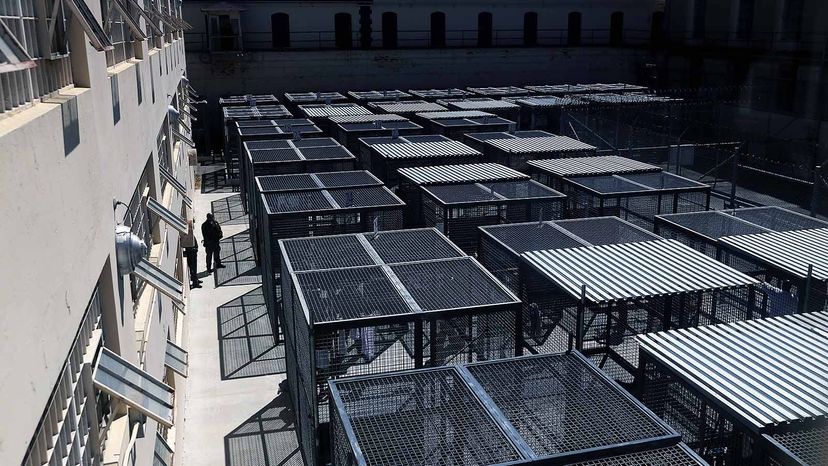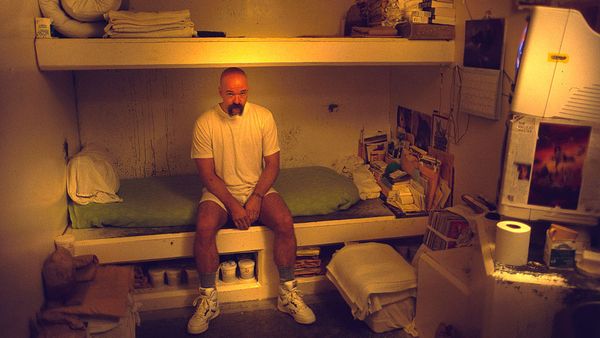
The practice of imprisonment as punishment for crime dates back as far as the 17th century when people — even orphans — were held for minor things or for awaiting trial. But according to scholar Ashley Rubin, those "prisons" were more akin to today's jails — not penitentiaries — and were not places for punishment.
Today, the worst prisons in the world are a far cry from the pre-trial holding cells of the past. Poor living conditions go beyond overcrowded prisons (or, at the other end of the spectrum, facilitate minimal human contact with extreme isolation). The world's worst prisons lack proper medical care, put occupants at severe risk of violence and jeopardize the physical and mental health of inmates.
Advertisement









